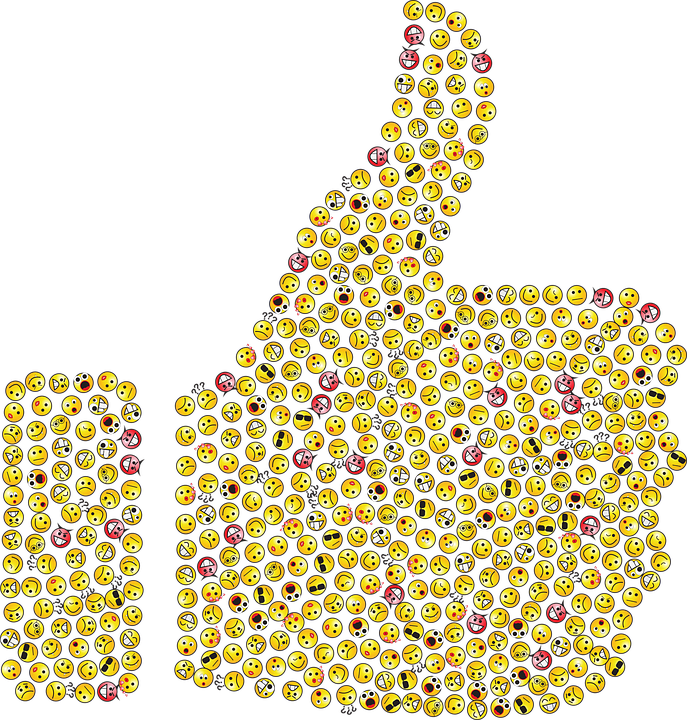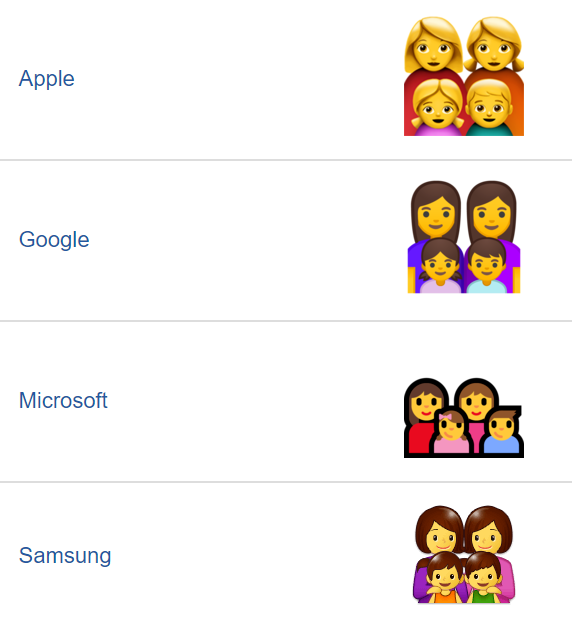
Imagine a world without digital communication. This seems to be something very hard to think about as digitally encoded information are part of our everyday lives and probably the main way of interaction in society. The popularity of digital devices is increasing among modern societies with the consequence that digital means of communication have now such a significant impact on human language. Obviously, the influence of social media plays a crucial role in the transformation of the way in which people interact with each other and the digitalisation of the (written) language itself. What has become a trending topic in digital communication technological researches is the use of “emoji”, which can be considered as a new form of language in social media, with the power to colour and humanise text messages. Understanding emoji and all the implications and limitations they have on people’s daily lives is important so as to analyse how our languages as well as the cultural interpretation of it are being digitised and reshaped by them.
Emoji-pedia
The use of emoji has somehow simplified the conversations between digital users because of the power to convert human emotions into digital graphic expressions and thus clarify, in the absence of non-verbal cues – such as voice tones or gestures -, a texual message. By using them, people are able to articulate and emphasize the meaning and the intentions of their messages via digital communication. But how can emoji influence the interpretation of digital texts? What do they actually mean? Where do they come from?
Firstly, it is important to notice that emoji is not a synonymous of emoticon. The latter can be seen, in fact, as precursor of emoji. Emoticons is represented by a series of text characters (punctuation or symbols) which are mixed to textually form a gesture or a facial expression.

Whereas, emoji are actual icons, graphic symbols which are used in texting digital communication media so as to express the emotional state of the writer, who can transfer the message in a playful manner. Thus, emoticons were used before emoji were invented as emoji are the new generation of emoticons that users select in their conversations on social media. Through emoticons and emoji, people can symbolise their personalities, identities and sociocultural differences.

The etymology of the term emoji comes from the Japanese languageà 絵 (e ≅ picture) 文 (mo ≅ writing) 字 (ji ≅ character). This concept was invented in 1999 by the Japanese designer Shigetaka Kurita, who created the possibility to use pictograms instead of typographic characters and made these graphic symbols available for the first time on i-mode, the first Japanese mobile Internet system. Kurita created and designed 176 icons so as to imitate human facial expressions, but also other symbols (for example hearts, peace signs etc) in order to add emotional subtext to a digital message. Since then, emoji have invaded the digital communication bringing many new meanings to it. Behind emoji, there is the Unicode standard, which is the unseen coding skeleton of their writing system. Within Unicode, various code points, or numbers, transform characters into emoji. A special encoding system, called Unicode Transformation Format (UTF), is used in order to make these points and numbers machine understandable. This mechanism is used by Google, Microsoft, Samsung and Apple to imply their rendering of the Unicode characters and produce their own emoji. This is why the same emoji can have different styles/apperances on different platforms. A special web search engine, called Emojipedia, has been developed so as to let the users figure out the official meaning and names of all emoji standardized by the Unicode Consortium. This website is a real encyclopedia of emoji, which contains the different renderings for each given Unicode emoji character.

Sociocultural dimension
The context of a message can be clarified by the use of emoji in digital communication, where all the physical gestures, intonations and facial expression of a face-to-face conversation can be replaced by these digital symbols. The preculiarity of emoji is to express people’s opinions and feelings without words. The effectiveness of these emoji has been perceived and social media platforms are now full of them. For istance, Facebook has substituted the ‘like’ button with a group of six emoji, named ‘Reaction Buttons’, namely thumbs up, beating heart, laughing face, surprised face, crying face with an animated tear and red/angry face. Facebook users can, in fact, react differently to each post by using a specific reaction button. Nevertheless, emoji are not just used to express a personal reaction but also to represent cultural diversity in many forms, as gender, race, religion, ethnicity. For example, these following emoji refer to the concept of gender:
👨❤️👨 Couple With Heart: Man, Man

Or…
👩👩👧👦 Family: Woman, Woman, Girl, Boy

Emoji is clearly changing digital communication and the way in which users can understand – or misunderstand – a message. Any emoji could be also misunderstood due to the fact that they can only be an ‘imitation’ of nonverbal signs in speech patterns. They could lead to ambiguity as the interpretation of emoji is ‘personal’. It depends on the reader and his/her cultural implications. Therefore, it is essential to bear in mind that emoji can have ripercussion both on linguistic (digital) mediation and cultural dimension.

References
Shatha Ali A Hakami, The Importance of Understanding Emoji: An Investigative Study, University of Birmingham, 2017


Really nice and informative blog post with useful refs! I use emoji’s all the time for moods and they’re great for making quick jokes.